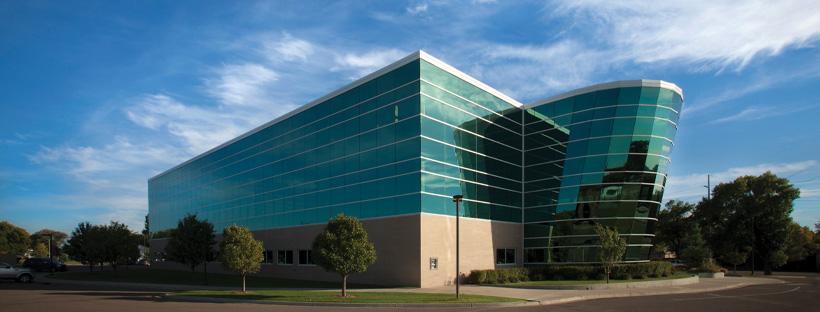For decades, Green America has promoted better banking options. We’ve educated the public and businesses on problems with conventional mega-banks, from their financing of fossil fuels to a history of racist and abusive financial practices, to lack of support for micro-enterprises. We’ve also educated people on the wide array of better banking options that are available, from community development banks and credit unions, to Minority Depository Institutions, to banks certified by our Green Business Network. This blog introduces another promising banking model known as public banking.
Fran Teplitz, Green America’s executive co-director for business, investing, and policy interviewed Nichoe Lichen, a board member of the Public Banking Institute, on the premise behind public banking, its goals, and how to get involved:
Fran: Thank you for sharing your expertise about public banking with Green America’s Green Business Network. First off, could you please explain how publicly-owned banks are different from “regular” (privately owned) banks?
Nichoe: Privately owned banks are owned by private shareholders. Their mission is to maximize shareholder profits.
Public banks hold public funds and are owned by the residents of a city, state, region, territory, or nation. Their mission is to benefit their community. Profits are either kept to increase lending capacity or are returned to the local government to invest in infrastructure, stabilize budgets, or address crises.
Fran: That’s a big difference from conventional banks. What then does the Public Banking Institute do?
Nichoe: PBI is the national information and support hub for public banking. We support the creation of publicly-owned banks that return control of money and credit to states and communities. We work to make the benefits of public banking common knowledge to the public and legislators.
Your members can watch our short video to learn more.
Fran: That’s great – so PBI is a catalyst for the growth of public banking. The mission of public banking is indeed compelling. Could you elaborate on the community and environmental benefits of public banking?
Nichoe: Sure! A publicly state-owned or community-owned depository bank holds and manages public funds to save money, stimulate the local economy, and benefit local residents, businesses and community banks. In a crisis, public banks step in to provide ready, affordable credit so communities can quickly get back on track. Unlike commercial banks, a public bank’s decision-making is subject to public oversight and must reflect the values and needs of the community it serves.
Public banks can provide much higher access to credit for infrastructure repair, construction, energy retrofitting, and other eco-conscious projects. Sparkasse, the German public bank network, has funded widespread improved energy efficiencies and renewables. West Coast public bank initiatives have prioritized green retrofits.
Fran: Where is public banking happening now in the US and elsewhere, and where is it getting underway?
Nichoe: Public banks are a solution known around the world, with $49 trillion in assets globally.
In the U.S., there is one state-owned public bank: the Bank of North Dakota (BND). Since its founding in 1919, BND has made $1.4 billion in payments to the state’s general fund. It has become more profitable even than Goldman Sachs and JPMorgan Chase; and during the covid-19 pandemic in 2020, BND enabled small businesses in ND to secure more Payroll Protection Program funds relative to the state’s workforce than in any other state.

Public banks are now underway all across the country. Since 2011, 35 states and dozens of cities have taken legislative action or formed a local advocacy group for public banking.
Fran: It’s great to know public banking is getting a stronger foothold. What progress are you seeing in specific regions?
Nichoe: In 2021, eighteen public banking bills were introduced at local, state, and federal level. In 2022, East Bay, California completed phase one to establish a regional public bank; Los Angeles moved forward with a Municipal Public Bank RFP; and Philadelphia’s City Council passed a resolution to form a Philadelphia Public Finance Authority as a first step. In 2023, five states introduced public bank legislation — Massachusetts, Oregon, New York, Washington, and New Hampshire — and San Francisco submitted a phase one business plan.
Fran: That’s important momentum, what’s driving this progress?
Nichoe: More legislators and advocates are learning of the benefits of public banking and recognizing the urgency of taking action to cut financing costs, return bank profits to benefit the public, regain control over local money, and expand credit for infrastructure and other public projects.
Fran: How can a business learn more and advance the concept of public banking?
Nichoe: The Public Banking Institute has lots of resources! Here are a few steps that Green Business Network members can take to get involved:
1 - Learn more on publicbankinginstitute.org.
2 - Sign up for our newsletter.
3 - Attend our monthly Coalition Zoom meetings.
4 - Sign our Declaration.
Fran: Thank you very much! Public banking can play a key role in advancing the green economy and there’s a lot to be gained by supporting this model. If you or your business need to open a better banking account now, check-out Green America-vetted banking options that are taking deposits today as you advocate for better banking systems!



